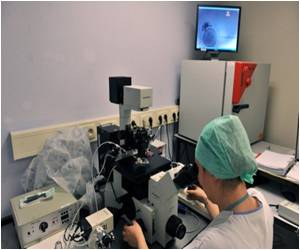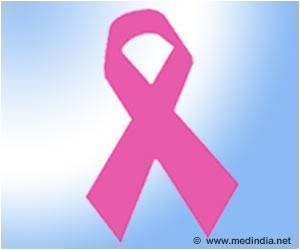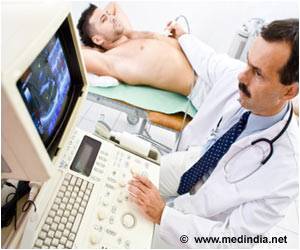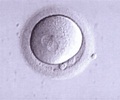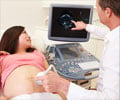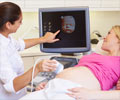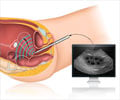In December 2011, researchers uncovered an unusual cluster of Pseudomonas aeruginosa in a cardiovascular surgery intensive care unit during routine infection control surveillance.

In the December issue of Infection Control and Hospital Epidemiology, the journal of the Society for Healthcare Epidemiology of America, guidelines have been proposed by epidemiologists from Beaumont Health System to reduce the risk of infection from contaminated gels. The recommendations are based on the authors' own experiences with an outbreak traced to contaminated ultrasound transmission gel.
These gels contain parabens or methyl benzoate that inhibit, but not kill, the growth of bacteria. However, past studies have demonstrated that ultrasound gels do not have antimicrobial properties and could serve as a medium for bacterial growth. Contaminated gels have been found to be the source of other outbreaks of infection in the last two decades.
"After our investigation of the Pseudomonas outbreak last year linked the source of the outbreak to contaminated ultrasound gel, we were surprised to find that very little guidance is available on appropriate uses for different ultrasound gel products," said Susan Oleszkowicz, MPH, lead author of the paper.
In their article the authors outline initial guidelines for recommended uses of ultrasound transmission gels, calling on manufacturers of ultrasound gel and professional societies to take an active role in developing recommendations for appropriate and intended use of products. Suggestions include: 1) the need for sterile, single-dose ultrasound gel in any invasive procedure or procedures involving non-intact skin or fresh surgical wounds; 2) sterile, single-dose ultrasound gel should be used with newborns or critically ill children; 3) multi-dose, nonsterile gel can still be used on intact skin, but containers should be sealed appropriately when not in use, and replaced when empty, rather than refilled.
Source-Eurekalert

